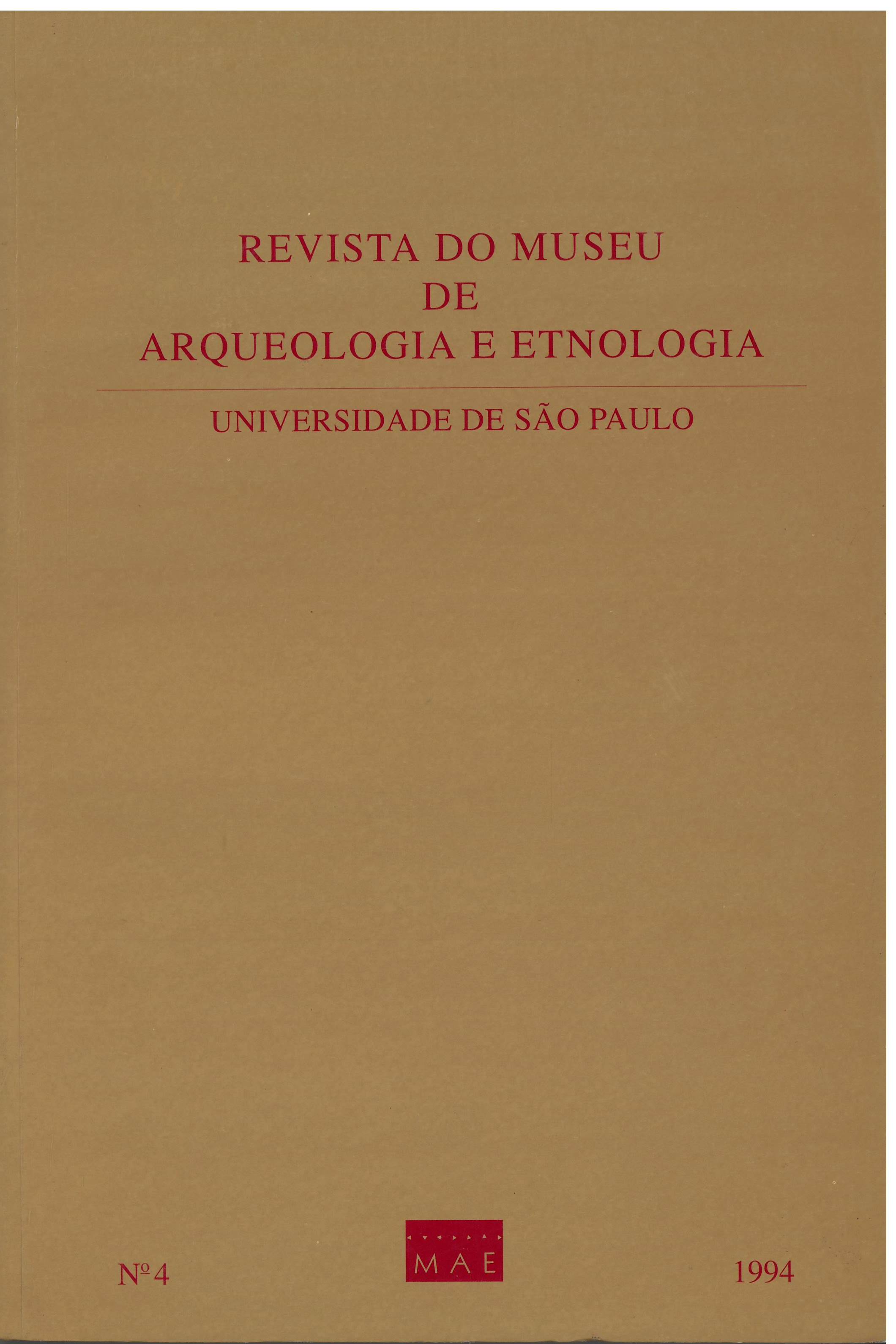The social status of Greek craftsmenartists.
DOI:
https://doi.org/10.11606/issn.2448-1750.revmae.1994.109196Keywords:
Craftsmen-Artists - Greece - Buildings - Statues - Vases - Honours - Salary - Work - Social History.Abstract
Since Burckhardt delivered his pioneer lecture Die Griechen und ihre Kiinstler, much has changed in our approach to the subject. Archaeologic and epigraphic findings have shown that many archaic statues and vases had dedicatory inscriptions by the artist, which may be taken as evidence for wealth and, on the other side, public accounts of buildings have turned up proving that free men, foreigners and slaves might earn the same salary. While ancient biographies and other books have sometimes to be discarded off, a special case may be made for some dialogues of Plato and Xenophon which provide indirect information on the status of artists. Although the contrast between painting and rhetorics, which became a topos in later writers, particularly Lucian, is unfavourable to artists, the sums they earned and the honours conferred upon many of them are sufficient evidence for a high status.Downloads
Download data is not yet available.
Downloads
Published
1994-12-19
Issue
Section
Articles
License
Copyright (c) 1994 Maria Helena Rocha-Pereira

This work is licensed under a Creative Commons Attribution-NonCommercial-NoDerivatives 4.0 International License.
How to Cite
ROCHA-PEREIRA, Maria Helena. The social status of Greek craftsmenartists. Revista do Museu de Arqueologia e Etnologia, São Paulo, Brasil, n. 4, p. 95–101, 1994. DOI: 10.11606/issn.2448-1750.revmae.1994.109196. Disponível em: https://journals.usp.br/revmae/article/view/109196.. Acesso em: 19 may. 2024.













